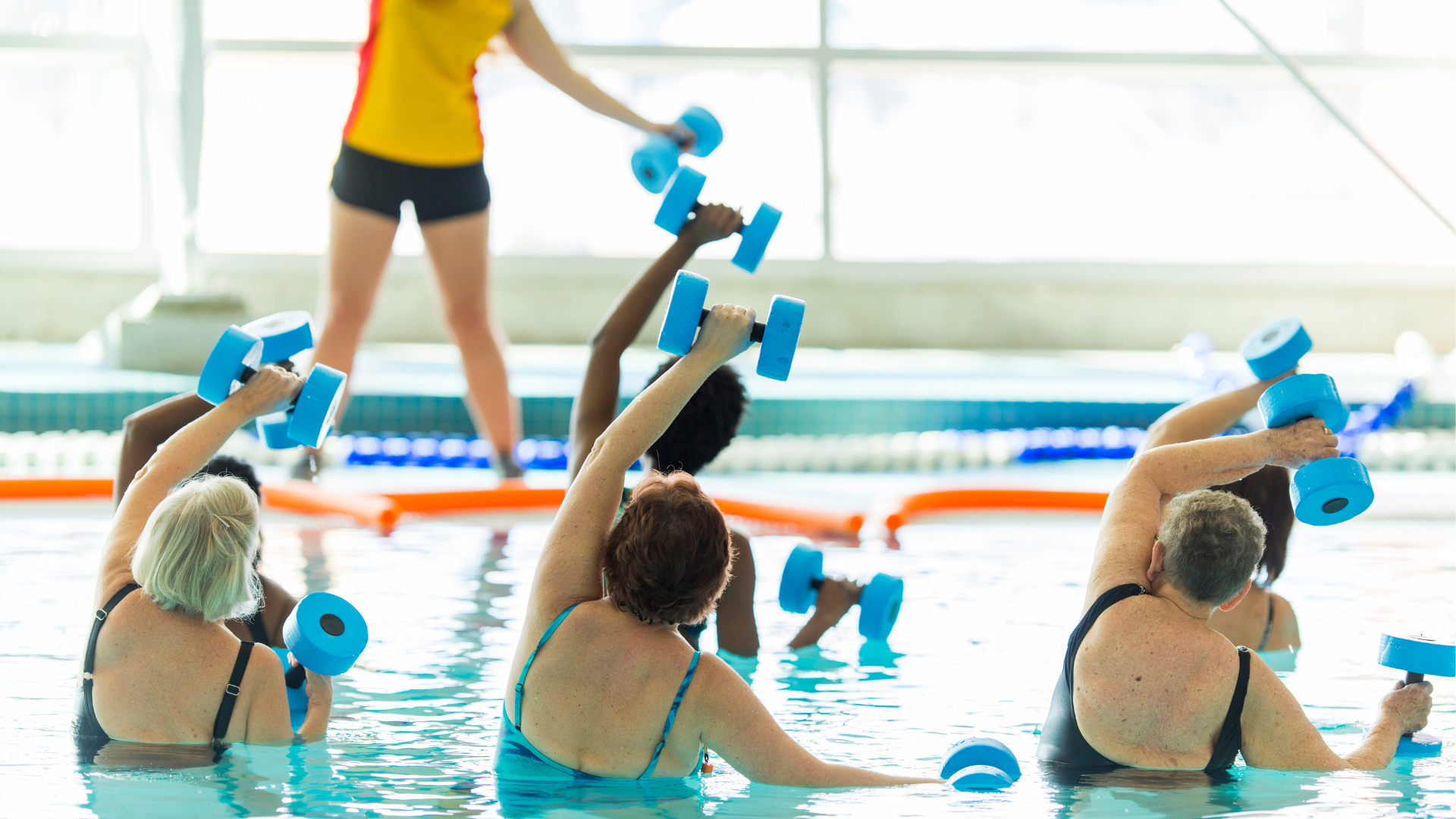
18 Mar 2023
Aquatic Therapy for Parkinson’s Disease
Parkinson’s disease is a progressive neurological disorder that affects a person’s ability to move and control their body. Aquatic therapy has become a popular treatment for people with Parkinson’s disease, as it provides a low-impact, safe, and effective way to improve movement and mobility.
What is aquatic therapy?
Aquatic therapy, also known as water therapy or hydrotherapy, involves using water to perform exercises and movements. It is a form of therapy that takes place in a pool or other aquatic environment. Aquatic therapy can be used to treat a wide range of conditions, including Parkinson’s disease.
How can aquatic therapy help people with Parkinson’s disease?
Aquatic therapy can help people with Parkinson’s disease in several ways:
1. Improved mobility and flexibility
:Water provides a low-impact environment that reduces stress on the joints, making it easier for people to move and exercise. The buoyancy of water can also help improve flexibility and range of motion, which is often limited in people with Parkinson’s disease.
2. Increased strength and endurance
Aquatic therapy can help increase strength and endurance, which can be beneficial for people with Parkinson’s disease. Water provides resistance, which helps to build muscle and improve cardiovascular fitness. As a result, people with Parkinson’s disease may experience improved walking ability (e.g. stride length) and decreased fatigue.
3. Reduced tremors and stiffness
The warmth and pressure of water can help reduce tremors and stiffness in people with Parkinson’s disease. The buoyancy of water can also help to reduce the impact of tremors, allowing people to move more freely and with greater control.
4. Enhanced posture, balance, and coordination
Aquatic therapy can help improve posture, balance, and coordination, which are often affected by Parkinson’s disease. The water provides a supportive environment that can help participants maintain their balance and improve their coordination.
5. Increased relaxation and well-being
Aquatic therapy can also help to reduce stress and promote relaxation, which can improve overall well-being for people with Parkinson’s disease. The warm water and gentle movements can provide a calming and therapeutic experience that can help to alleviate anxiety and depression.
Aquatic therapy is a safe and effective treatment option for people with Parkinson’s disease. If you or someone you know is living with Parkinson’s disease, contact us today or book now to start working with our certified Aquatic Parkinson’s Exercise Specialists!

